Marketing technology has transformed how businesses engage with their audiences, but managing an increasingly complex tech stack can be overwhelming. Without proper integration, companies risk inefficiencies, data silos, and missed opportunities. To maximize impact, businesses must streamline their Martech stack, ensuring seamless workflows, improved collaboration, and measurable results.
Understanding the Martech Landscape
The Martech ecosystem includes tools for automation, customer relationship management (CRM), content marketing, analytics, and more. However, the abundance of options often leads to bloated tech stacks that hinder efficiency rather than enhance it. Businesses must take a strategic approach to integrating their Martech tools to ensure they work together effectively.
Common Martech Challenges:
- Tool Overload: Using too many platforms can lead to inefficiencies and unnecessary costs.
- Data Silos: Disconnected tools prevent data sharing, leading to inconsistent insights.
- Lack of User Adoption: Employees may resist new technology if it’s not user-friendly or well-integrated.
- Security and Compliance Risks: Poor integration can lead to data breaches and regulatory non-compliance.
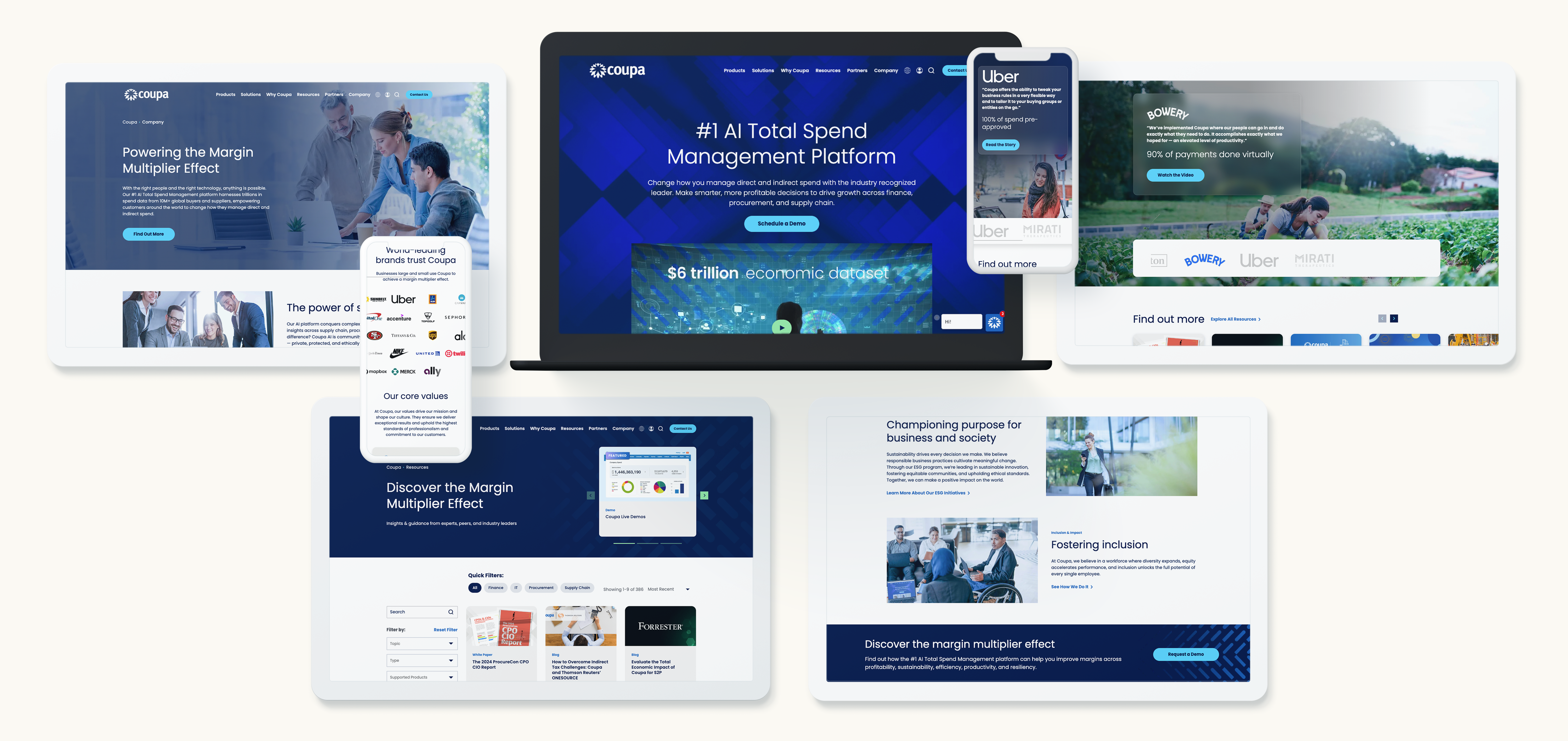
Building a Unified Martech Stack
A well-integrated Martech stack fosters collaboration, enhances automation, and provides actionable insights. Here’s how businesses can build a more efficient stack:
Key Steps to Martech Integration:
- Audit Existing Tools: Identify redundant, underutilized, or incompatible software.
- Define Core Business Needs: Ensure tools align with marketing goals, such as lead generation, engagement, or analytics.
- Prioritize Interoperability: Choose tools that integrate natively or through APIs to ensure seamless data flow.
- Implement a Centralized Platform: Consider a marketing operations platform that connects all tools for streamlined management.
- Regularly Review and Optimize: Continuously assess tool performance and eliminate inefficiencies.
Breaking Down Silos for Better Collaboration
Disconnected Martech tools can create barriers between marketing, sales, and customer service teams. Integration fosters collaboration and ensures everyone operates with the same data and insights.
Best Practices for Cross-Team Collaboration:
- Integrate CRM and Marketing Automation: Align sales and marketing efforts by ensuring real-time data sharing.
- Use Shared Dashboards: Provide unified analytics to enhance decision-making across teams.
- Implement Standardized Workflows: Automate lead nurturing, customer outreach, and reporting processes to improve efficiency.

Optimizing Automation & AI
AI and automation enhance Martech by personalizing customer interactions, improving efficiency, and providing data-driven insights. However, their effectiveness depends on seamless integration within the stack.
How to Leverage AI in Martech:
- Predictive Analytics: Use AI to anticipate customer behavior and optimize campaigns.
- Automated Customer Journeys: Personalize experiences based on user data and interactions.
- Chatbots & Virtual Assistants: Enhance customer engagement and support through AI-driven chat solutions.
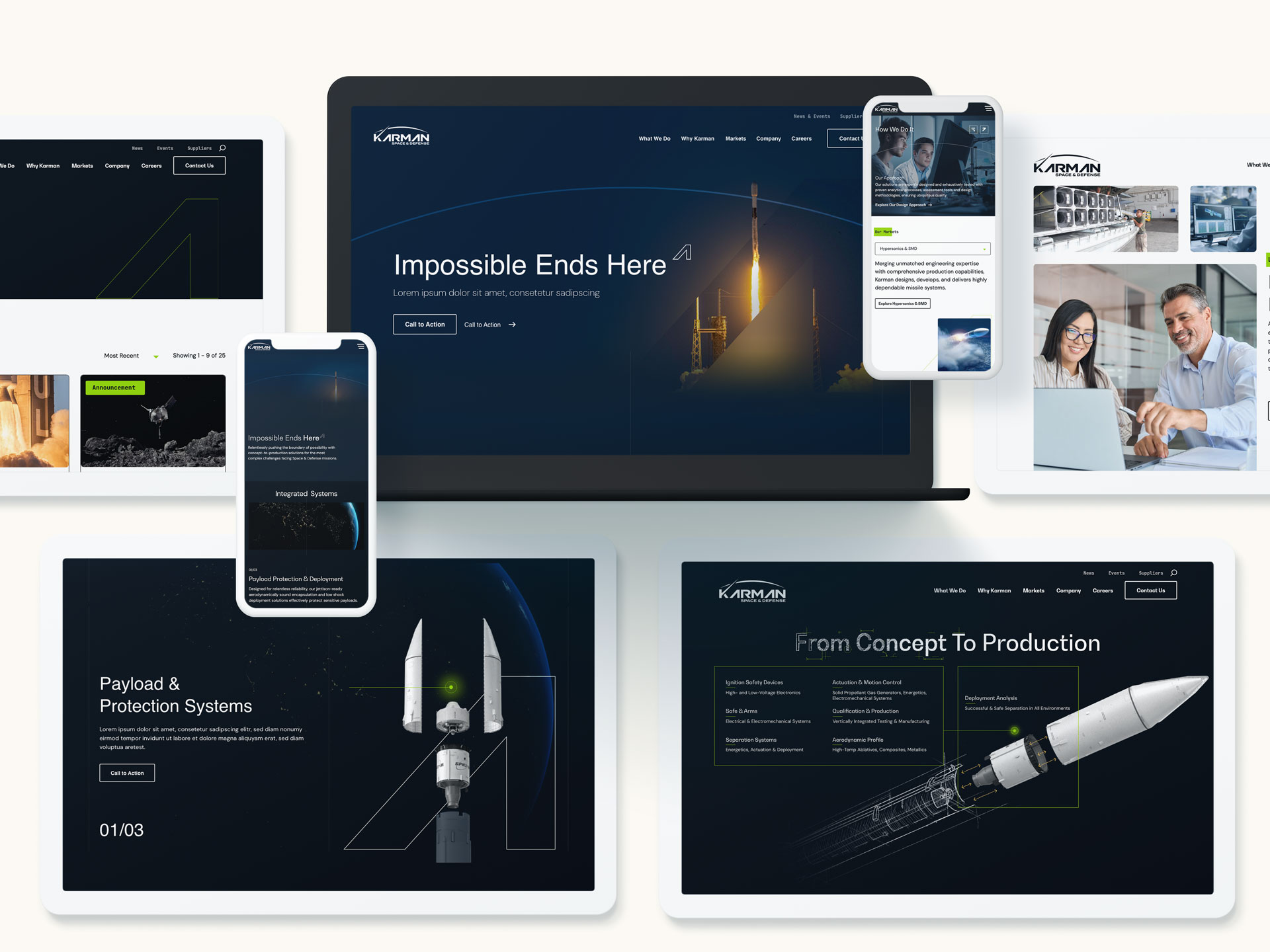
Data Security & Compliance Considerations
With the increasing reliance on Martech, data security and regulatory compliance must be a priority.
Essential Security Best Practices:
- Ensure GDPR & CCPA Compliance: Adhere to data privacy regulations when collecting and processing customer information.
- Use Secure Integrations: Choose platforms with robust encryption and authentication measures.
- Regular Security Audits: Assess vulnerabilities and strengthen defenses against cyber threats.
Measuring Martech ROI
To justify Martech investments, businesses must track key performance indicators (KPIs) that demonstrate efficiency and revenue impact.
Key Metrics to Evaluate Martech Performance:
- Customer Acquisition Cost (CAC): Measure how Martech impacts lead conversion efficiency.
- Marketing-Qualified Leads (MQLs): Track the volume and quality of leads generated.
- Campaign Performance Metrics: Analyze engagement, conversion rates, and ROI.
- Operational Efficiency: Assess how Martech reduces manual workloads and improves productivity.

Final Thoughts
A well-integrated Martech stack enables businesses to execute smarter marketing campaigns, improve collaboration, and drive better results. By streamlining tools, optimizing automation, and ensuring data security, companies can unlock the full potential of their marketing technology investments.
Mergers and acquisitions (M&A) can be transformative moments for businesses, driving growth, market expansion, and increased efficiency. However, they also come with significant challenges, particularly in communication. Without a well-structured marketing strategy, M&As can lead to confusion, erode stakeholder trust, and disrupt brand continuity. Marketing teams play a critical role in guiding both internal and external messaging to ensure a smooth transition and maintain confidence among employees, customers, and investors.
The Importance of Marketing in M&A
Marketing serves as the bridge between change and continuity during an M&A. It ensures that the value proposition of the newly formed organization is clearly articulated, fostering alignment across all stakeholders. A lack of strategic communication can result in misinformation, employee disengagement, and customer attrition—making marketing’s role indispensable.
Internal Communication Strategies
Employees are often the most affected by M&As, as uncertainty regarding job security, company culture, and future operations can lower morale and productivity. Clear, transparent communication from leadership, facilitated by marketing, can alleviate concerns and keep teams engaged.
Best Practices for Internal Communication:
- Develop a Clear Narrative: Outline the vision, mission, and expected outcomes of the M&A to provide employees with a sense of direction.
- Use Multi-Channel Communication: Leverage emails, town halls, intranet portals, and leadership videos to keep employees informed.
- Create an FAQ Resource: Address common employee concerns about job roles, benefits, and cultural shifts.
- Encourage Two-Way Dialogue: Provide employees with a platform to ask questions and share feedback.

External Communication & Brand Alignment
Customers, partners, and investors need reassurance that the M&A will not disrupt their experience or impact business continuity. Effective external communication can prevent uncertainty and foster trust.
Key External Communication Tactics:
- Early and Transparent Announcements: Clearly communicate the reason for the M&A and its benefits.
- Consistent Branding Across Channels: Ensure websites, social media, and marketing materials reflect the newly aligned brand identity.
- Customer Engagement Initiatives: Conduct webinars, emails, and social media updates to address concerns and highlight benefits.
- Investor Relations: Provide clear updates through press releases, investor calls, and financial reports to maintain confidence in the company’s direction.
Rebranding & Positioning Post-Merger
A successful M&A often involves a brand refresh to reflect the new entity’s identity. Marketing teams must develop a strategic rebranding plan that seamlessly integrates brand elements while preserving brand equity.
Steps to Rebrand Successfully:
- Conduct Brand Audits: Assess how existing brand assets align and determine necessary updates.
- Develop a Unified Brand Story: Craft messaging that reflects the shared vision and values of the new entity.
- Redesign Marketing Materials: Update logos, websites, business cards, and digital assets for consistency.
- Launch a Rebrand Campaign: Announce the brand evolution through press releases, digital campaigns, and customer outreach.
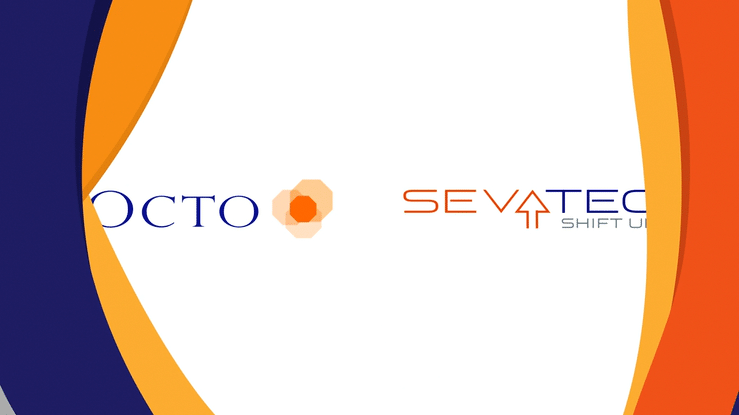
Crisis Communication Planning
Even well-executed M&As can face setbacks. Marketing teams should proactively develop crisis communication plans to address potential reputation risks.
Essential Crisis Communication Components:
- Risk Assessment: Identify potential areas of concern, such as customer dissatisfaction or employee backlash.
- Pre-Approved Messaging: Develop templated responses for different scenarios to ensure quick action.
- Dedicated Crisis Team: Assemble a team responsible for managing communications during potential crises.
- Ongoing Monitoring: Use social listening and media tracking to gauge sentiment and address concerns promptly.
Measuring Success
Assessing the effectiveness of M&A communications is crucial for refining strategies and ensuring alignment with business goals.
Key Metrics to Track:
- Employee Sentiment Surveys: Gauge morale and understanding of the M&A.
- Customer Retention Rates: Monitor changes in customer loyalty and satisfaction.
- Brand Perception Analysis: Track sentiment shifts through media coverage and social listening.
- Engagement on Digital Channels: Analyze email open rates, social media interactions, and website traffic related to M&A announcements.
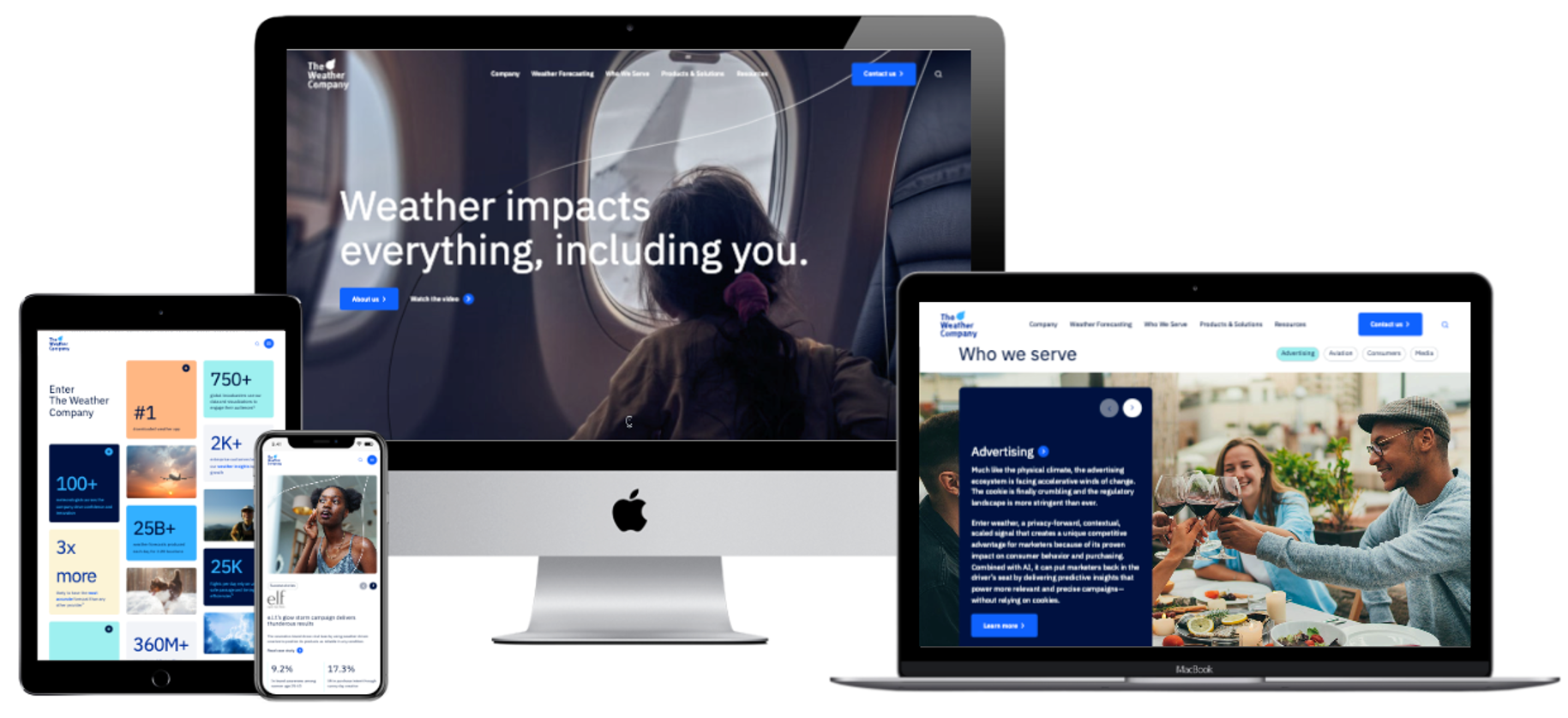
Final Thoughts
Marketing plays a vital role in ensuring that M&A transitions are smooth, transparent, and strategically communicated. By crafting clear messaging, engaging stakeholders, and proactively managing brand perception, companies can turn M&A challenges into opportunities for growth and innovation.
In today’s competitive job market, employer branding has become a critical factor in attracting and retaining top talent. As we enter 2025, the expectations of job seekers continue to evolve, making it essential for companies to refine their employer branding strategies. From a compelling employer value proposition (EVP) to innovative digital engagement, this blog explores the key marketing strategies businesses should implement to stand out as an employer of choice.
Understanding Modern Workforce Expectations
The modern workforce prioritizes more than just salary and benefits. Key factors influencing employer perception include:
- Flexibility: Remote work and hybrid models remain highly desirable.
- Diversity, Equity, and Inclusion (DEI): Job seekers value companies with strong DEI initiatives.
- Purpose-driven work culture: Employees seek organizations that align with their values and offer meaningful work.
- Digital-first hiring experiences: A streamlined, engaging, and mobile-friendly application process is essential.
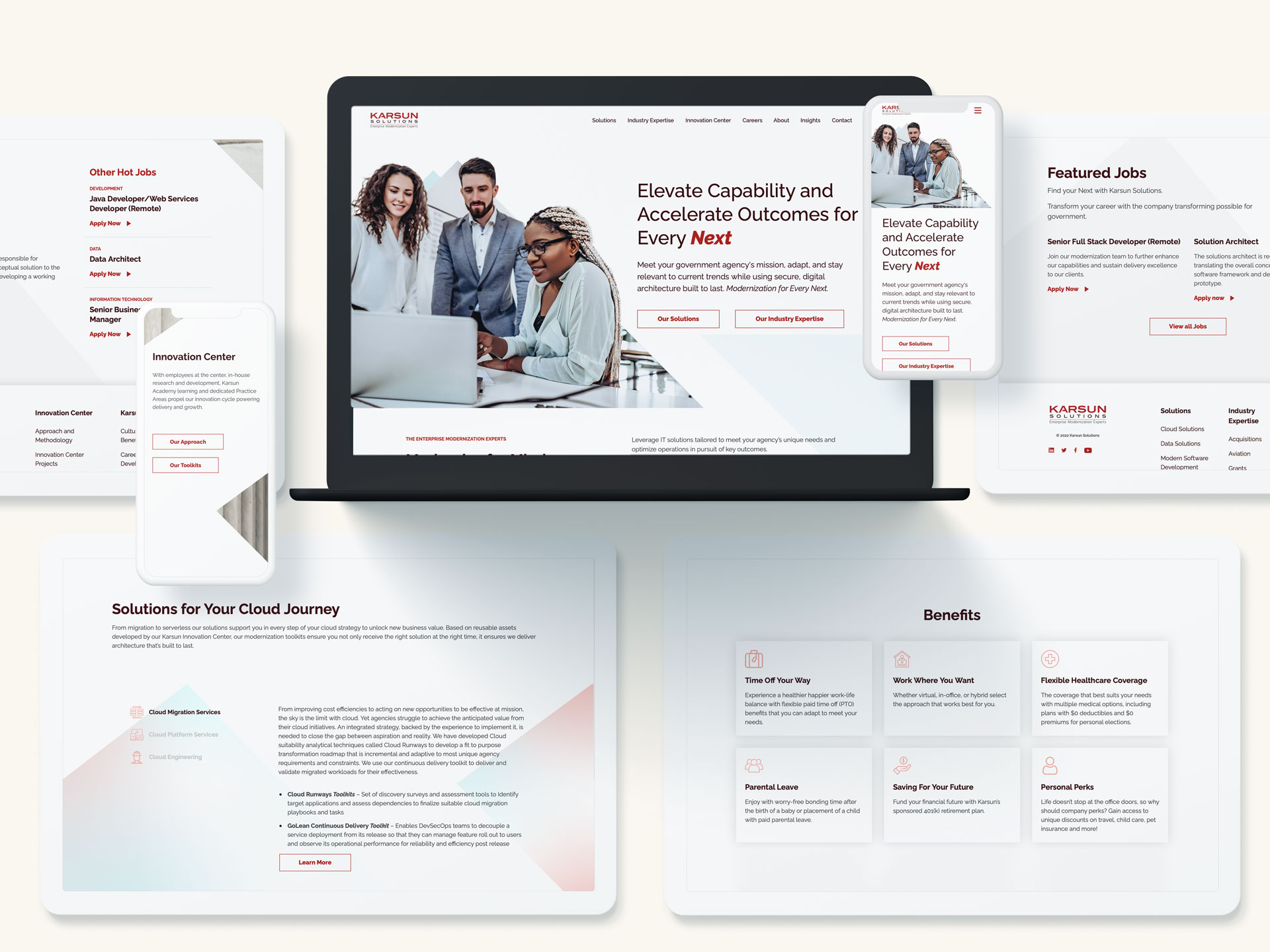
Key Marketing Strategies for Employer Branding Success
1. Craft an Authentic Employer Value Proposition (EVP)
A strong EVP defines why employees should choose and stay with your company. Focus on unique benefits, career growth opportunities, and company culture to differentiate from competitors.
2. Leverage Social Media and Employee Advocacy
Platforms like LinkedIn, Instagram, and TikTok offer powerful ways to showcase your company culture. Encourage employees to share their experiences, amplifying authentic brand storytelling.
3. Optimize Career Pages and Recruitment Content
Your website’s career page should highlight employee testimonials, workplace benefits, and clear job descriptions. Engaging video content can also enhance employer brand perception.
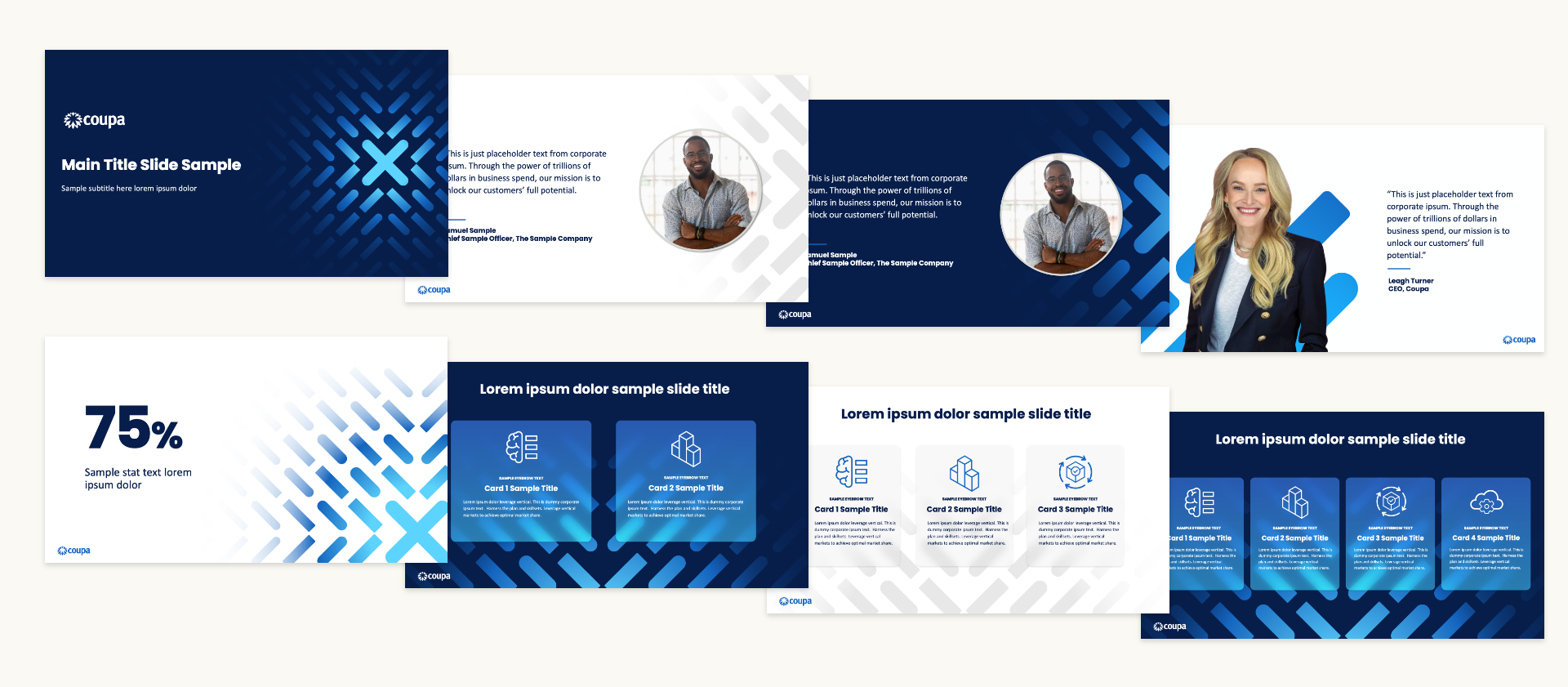
The Role of Technology in Employer Branding
Innovative technology can further enhance employer branding efforts:
- AI-driven recruitment tools personalize job recommendations and candidate outreach.
- Chatbots and automated scheduling streamline the hiring process.
- Data analytics provide insights into candidate engagement and optimize recruitment strategies.
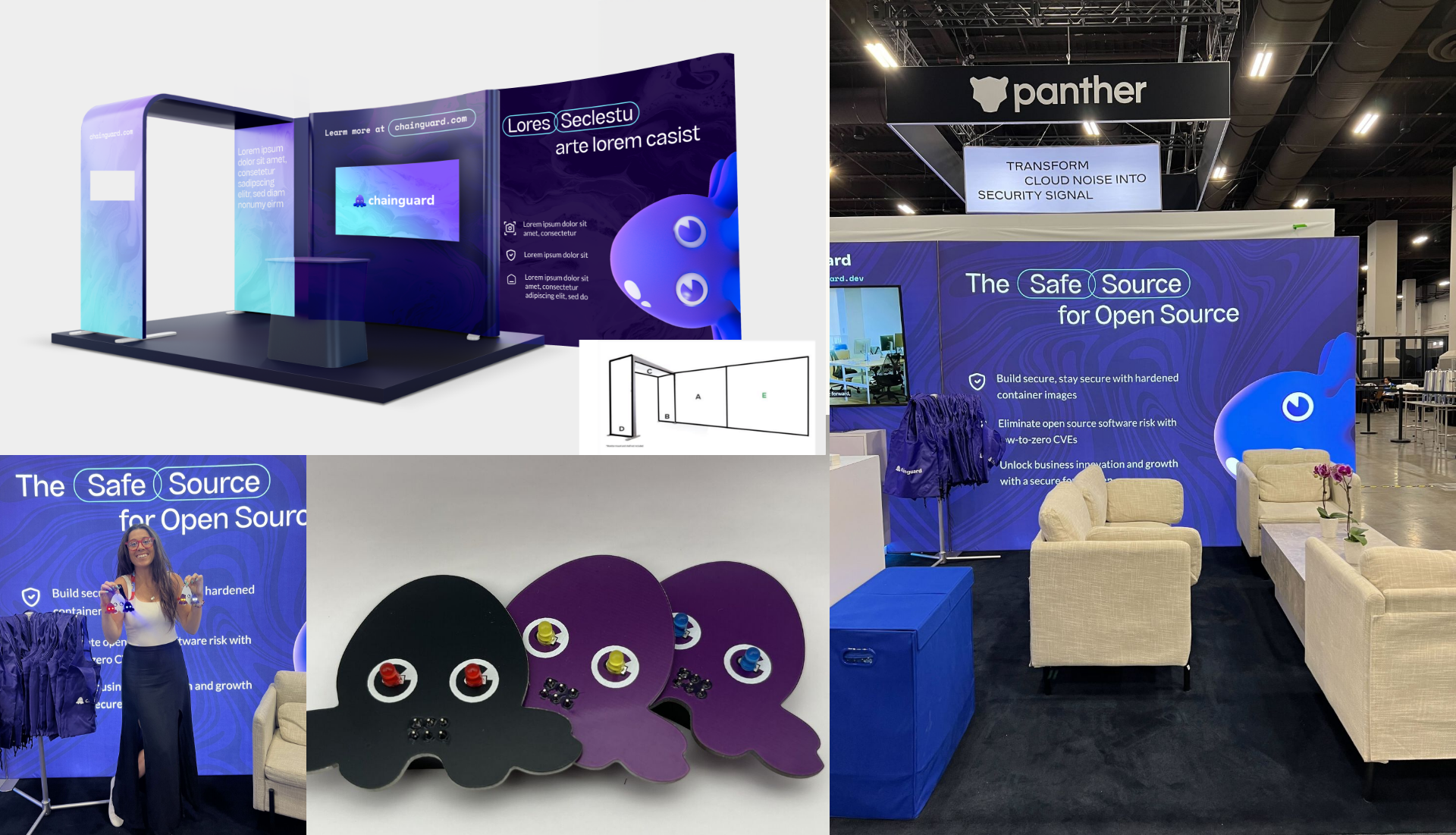
Final Thoughts
A strong employer brand is no longer optional—it’s essential for attracting and retaining top talent in 2025. Companies must proactively refine their branding efforts to meet evolving workforce expectations and stand out in a competitive hiring landscape.
Looking to strengthen your employer brand and attract top talent? Contact Bluetext today for expert branding and recruitment marketing solutions.
The Department of Defense’s Operational Guidance for Enterprises (DOGE) is transforming procurement and compliance standards for businesses working with the government. As these regulations evolve, B2G companies must rethink their marketing strategies to ensure compliance while maintaining a competitive edge. Aligning marketing efforts with DOGE isn’t just about meeting new requirements—it presents an opportunity to differentiate and strengthen brand positioning. This blog explores key marketing pivots that can help B2G companies adapt successfully.
Understanding DOGE: Key Compliance and Procurement Changes
DOGE introduces updated compliance and procurement processes that impact how B2G companies communicate their value propositions. Some key aspects of DOGE include:
- Enhanced cybersecurity requirements that necessitate clear messaging around data protection and operational security.
- Stronger vetting and certification processes for vendors, influencing how businesses position themselves as trusted partners.
- Greater emphasis on supply chain transparency, which must be reflected in marketing materials and brand storytelling.
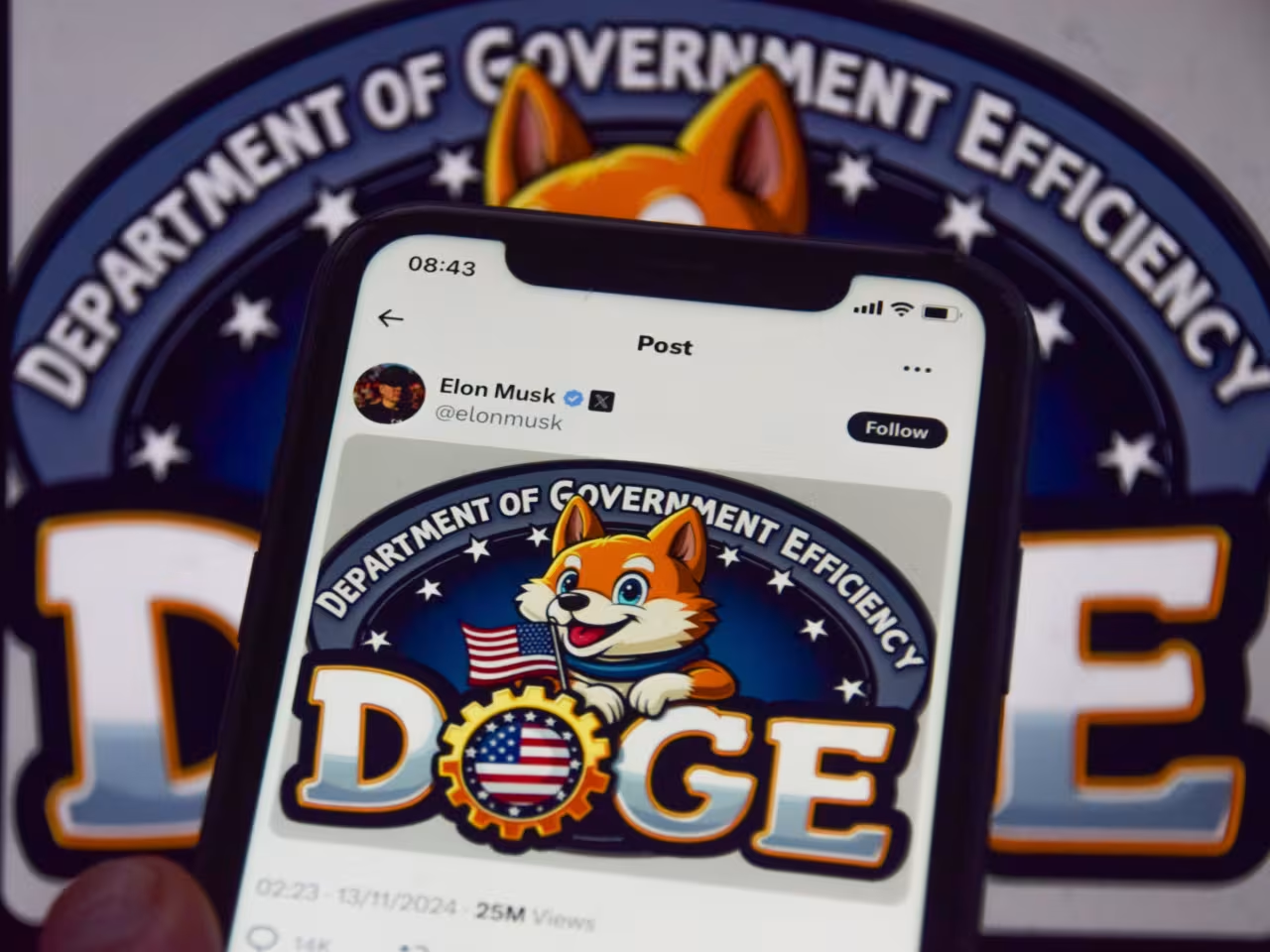
Strategic Marketing Adjustments for DOGE Compliance
To remain competitive and compliant, B2G companies should make the following strategic adjustments:
1. Develop Transparent and Compliant Messaging
Regulatory language and security commitments should be embedded in all marketing materials. Clearly communicate compliance with DOGE standards to build credibility and trust.
2. Leverage Digital Channels for Education and Engagement
Use websites, webinars, and thought leadership content to educate government stakeholders about your compliance posture and value proposition.
3. Align Content Marketing with Evolving Procurement Processes
Ensure that whitepapers, case studies, and digital content showcase adherence to DOGE guidelines. Highlighting past performance in compliant contracts can set your company apart.
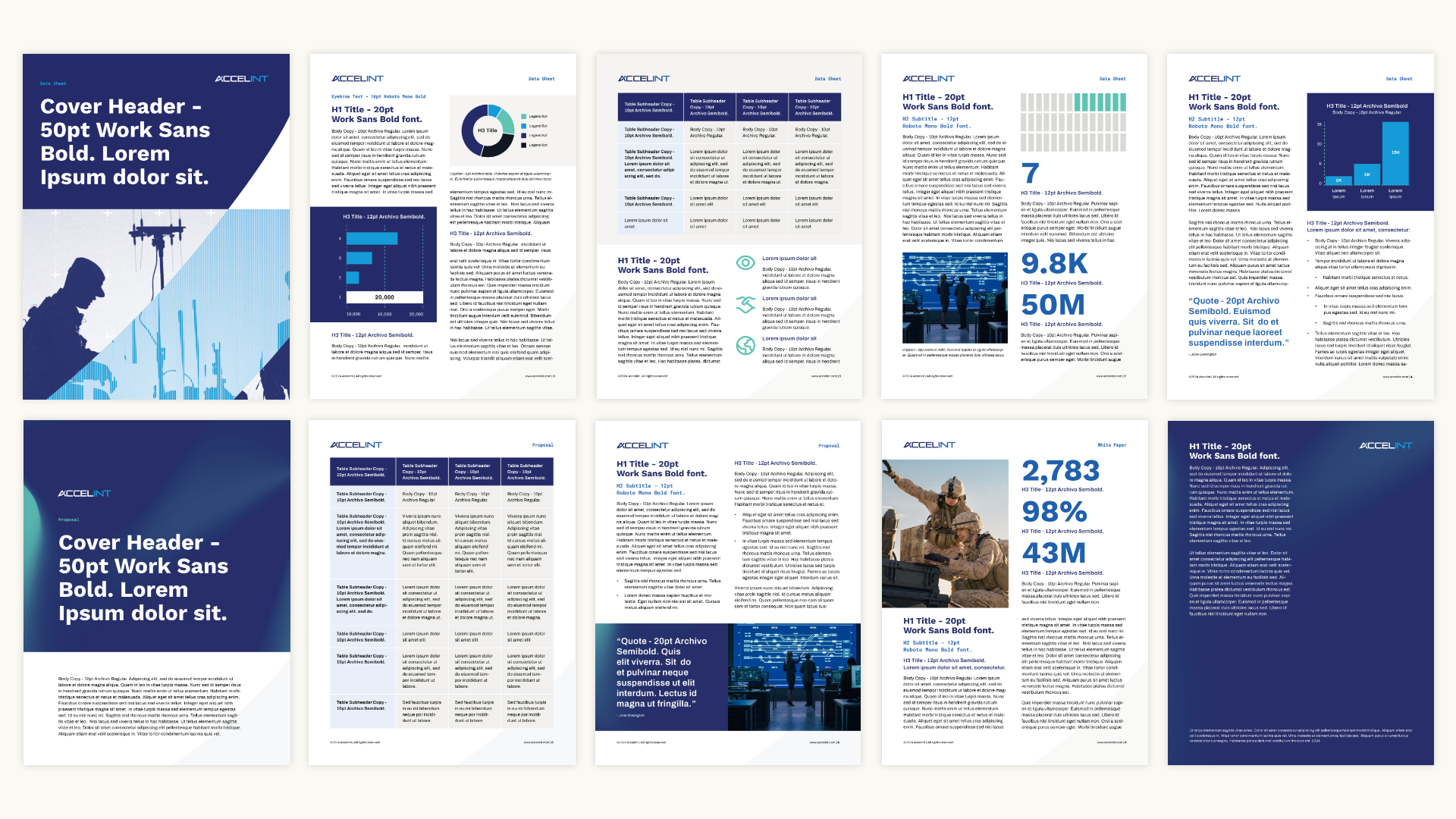
Strengthening Brand Positioning Through Compliance Alignment
Rather than viewing compliance as a burden, companies can use DOGE alignment as a competitive advantage:
- Thought leadership: Share insights on compliance trends via blogs and LinkedIn articles.
- Trust-building: Create case studies that illustrate successful implementation of DOGE-compliant processes.
- Strategic partnerships: Collaborate with industry leaders and certification bodies to reinforce credibility.
Actionable Steps for B2G Marketers
To stay ahead of compliance shifts, B2G companies should:
- Conduct a marketing audit to ensure all messaging aligns with DOGE regulations.
- Update website content and digital assets to reflect security and compliance commitments.
- Strengthen government-facing outreach efforts with transparent and targeted engagement strategies.
Final Thoughts
DOGE compliance isn’t just a regulatory necessity—it’s a chance to refine and strengthen your brand’s positioning. By proactively adjusting marketing strategies, B2G companies can enhance trust, credibility, and competitiveness in the evolving procurement landscape.
Need to refine your B2G marketing strategy to align with evolving compliance standards? Contact Bluetext today to ensure your brand messaging and digital presence stay ahead of regulatory changes.
The customer journey has never been more complex. With consumers interacting across multiple touchpoints—websites, social media, email, mobile apps, and in-person experiences—marketers must navigate vast amounts of data to understand and anticipate customer needs. Enter predictive AI, a game-changing technology that empowers brands to analyze customer behavior, forecast future actions, and deliver personalized experiences at scale.
In this blog, we’ll explore how predictive AI is transforming customer journey mapping and equipping marketers with the tools to enhance engagement, improve retention, and drive conversions.
What is Predictive AI?
Predictive AI uses machine learning algorithms, big data, and artificial intelligence to identify patterns in customer behavior and predict future actions. By analyzing historical data, predictive AI helps brands determine which marketing strategies are most effective, when customers are likely to make a purchase, and how to tailor messaging for maximum impact.
Key benefits of predictive AI include:
- Personalized Customer Experiences: AI analyzes behavioral data to customize interactions and recommendations.
- Improved Lead Scoring: AI assigns value to potential customers based on their likelihood to convert.
- Optimized Marketing Spend: AI identifies high-impact channels, ensuring budget is allocated efficiently.
- Proactive Customer Retention: AI detects churn risks early, enabling brands to intervene with targeted retention strategies.

How Predictive AI Enhances Customer Journey Mapping
Traditional customer journey mapping relies on past interactions to infer future behavior. Predictive AI takes this a step further by using real-time data and machine learning to create dynamic, constantly evolving journey maps. Here’s how:
1. Predicting Customer Needs Before They Arise
By analyzing browsing behavior, past purchases, and engagement history, predictive AI can anticipate customer needs and deliver proactive recommendations. For example, e-commerce platforms use AI to suggest products based on a customer’s browsing habits, while SaaS companies predict feature adoption trends to improve user retention.
2. Real-Time Personalization at Every Touchpoint
AI-driven journey mapping allows brands to personalize experiences across multiple channels. Whether it’s tailoring email content, adjusting website interfaces, or serving hyper-relevant ads, predictive AI ensures that customers receive the right message at the right time.
3. Identifying and Addressing Pain Points
Predictive AI analyzes customer feedback, sentiment data, and behavior to pinpoint friction points in the customer journey. By identifying where users drop off or disengage, brands can implement proactive solutions, such as chatbot support, improved UX design, or automated follow-ups.
4. Enhancing Customer Support with AI Chatbots
AI-powered chatbots leverage predictive analytics to resolve customer issues before they escalate. By understanding previous interactions and common pain points, these bots can provide personalized responses, reducing response times and enhancing customer satisfaction.
5. Driving Retention Through Predictive Churn Analysis
One of the most powerful applications of predictive AI is identifying customers at risk of churn. By detecting declining engagement, reduced purchase frequency, or negative sentiment, AI enables marketers to implement targeted retention efforts, such as exclusive offers, loyalty incentives, or personalized outreach.
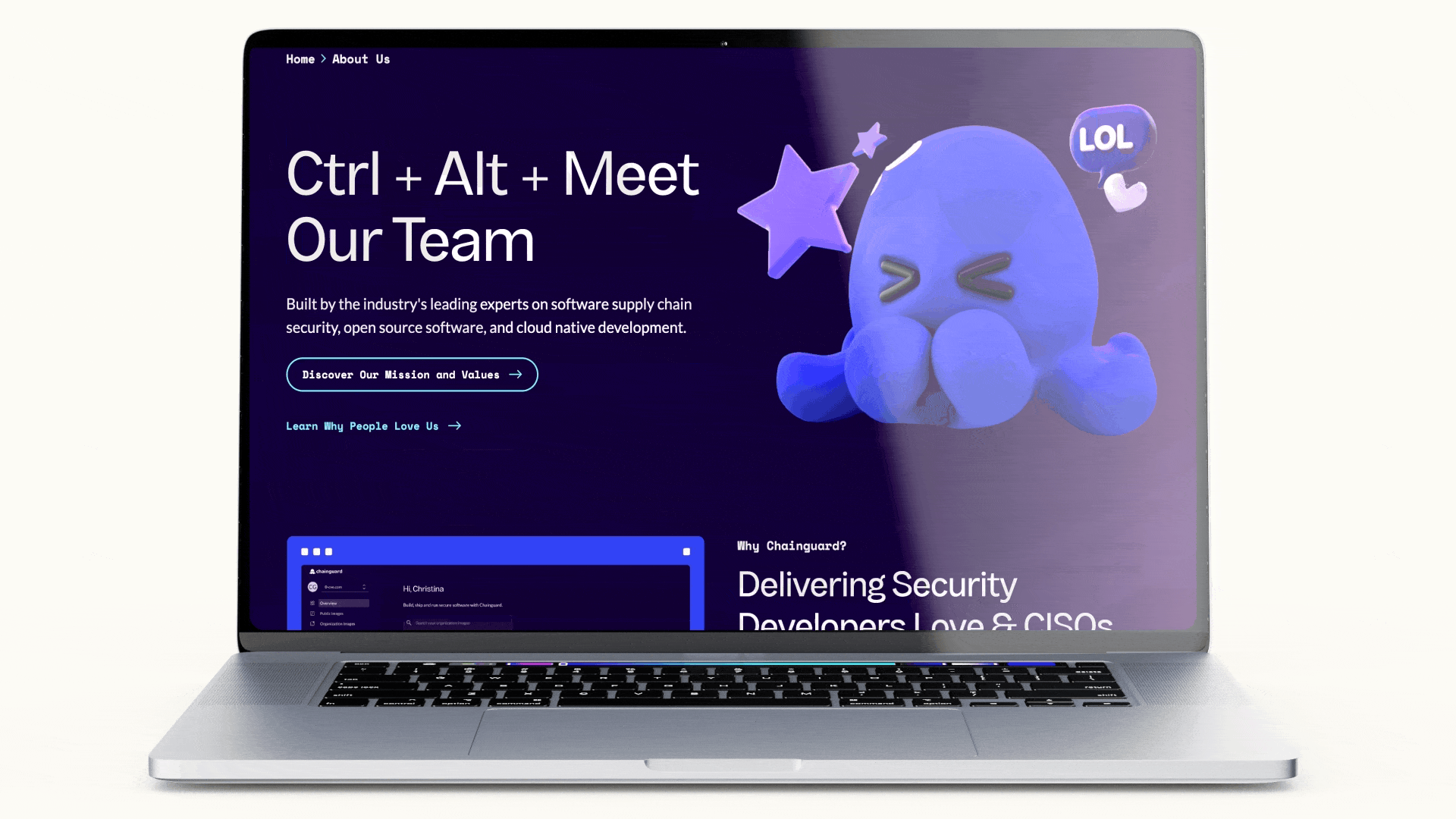
Challenges and Considerations for Marketers
While predictive AI offers immense benefits, it’s not without challenges:
- Data Privacy and Compliance: AI relies on large datasets, making adherence to regulations like GDPR and CCPA essential.
- Quality of Data: AI is only as effective as the data it processes. Inaccurate or incomplete data can lead to misleading insights.
- Implementation Complexity: Integrating predictive AI into existing marketing strategies requires the right tools, expertise, and infrastructure.
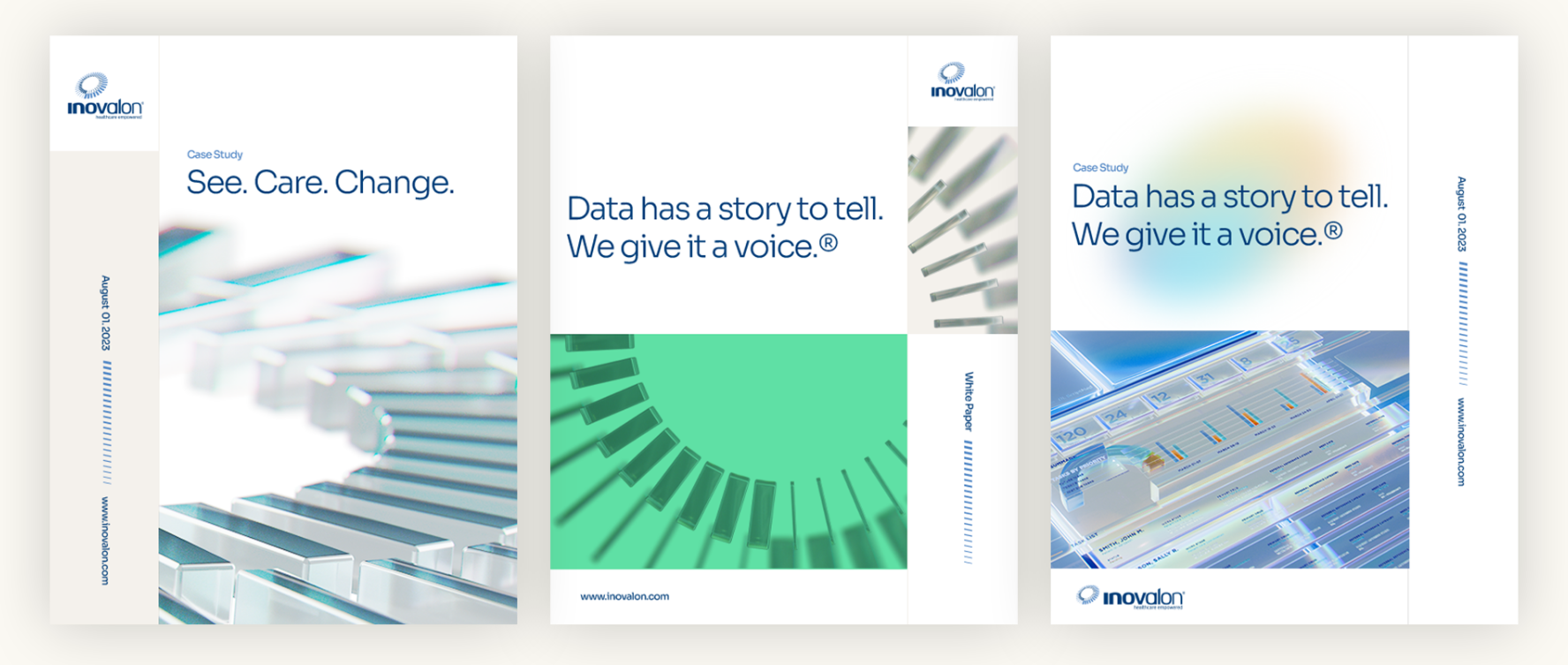
How Marketers Can Leverage Predictive AI Effectively
To maximize the benefits of predictive AI in customer journey mapping, marketers should:
- Invest in AI-Powered CRM and Analytics Tools: Platforms like HubSpot, Salesforce, and Adobe Sensei offer AI-driven insights for customer journey optimization.
- Adopt a Data-Driven Mindset: Encourage teams to prioritize data collection, analysis, and refinement.
- Test and Iterate: Continuously monitor AI-driven insights and adjust strategies based on performance.
- Ensure Ethical AI Use: Maintain transparency in data collection and adhere to privacy regulations.

Transform Your Customer Journey with Bluetext
Predictive AI is redefining the way brands understand and engage with customers. By leveraging AI-driven insights, marketers can create seamless, personalized, and highly effective customer journeys that drive growth and loyalty. Ready to harness the power of predictive AI? Contact Bluetext today to discover how AI-driven customer journey mapping can elevate your marketing strategy.
The digital landscape is undergoing a paradigm shift with the emergence of Web3. As blockchain technology, decentralized applications, and token-based economies gain traction, marketers must adapt to new ways of engaging with audiences. From NFTs to blockchain-powered loyalty programs, Web3 is redefining brand engagement, offering more transparency, security, and community-driven interactions. In this blog, we explore how Web3 is reshaping brand-consumer relationships and what marketers need to know to stay ahead of the curve.
What is Web3?
Web3, or the decentralized web, represents the next evolution of the internet, where users have greater control over their data, transactions, and digital identities. Unlike Web2, which relies on centralized platforms like Google, Facebook, and Amazon, Web3 operates on blockchain networks that distribute ownership and decision-making across a network of users.
Key features of Web3 include:
- Decentralization: Eliminating reliance on centralized entities, giving users more control.
- Tokenization: Digital assets, such as NFTs and cryptocurrencies, facilitate unique ownership models.
- Smart Contracts: Self-executing contracts that enable secure, automated transactions.
- Enhanced Privacy and Security: Blockchain encryption reduces data breaches and fraud risks.

How Web3 is Transforming Brand Engagement
As brands explore Web3 technologies, they are unlocking new opportunities to create immersive and customer-centric experiences. Here are some of the key ways Web3 is revolutionizing brand engagement:
1. NFTs as Digital Collectibles and Brand Assets
Non-fungible tokens (NFTs) allow brands to offer exclusive digital collectibles, limited-edition products, and even virtual experiences. Brands like Nike and Adidas have already launched NFT-based products, strengthening customer loyalty and engagement.
2. Blockchain-Powered Loyalty Programs
Traditional loyalty programs often suffer from low engagement and lack of transparency. Web3 enables blockchain-based loyalty programs where customers earn and trade tokens that hold real value, increasing participation and long-term brand commitment.
3. Decentralized Communities and DAOs
Decentralized autonomous organizations (DAOs) give consumers a say in brand decisions. By integrating DAOs, brands can foster stronger community engagement, allowing loyal customers to participate in governance, product development, and marketing strategies.
4. Metaverse and Virtual Brand Experiences
The metaverse, a digital universe powered by Web3, offers brands the ability to host virtual events, create digital storefronts, and provide interactive experiences. Luxury brands like Gucci and Louis Vuitton have already embraced the metaverse to enhance customer interactions.
5. Transparency and Trust Through Blockchain
Consumers today demand authenticity and ethical business practices. Blockchain technology ensures transparent supply chains, verifiable sustainability claims, and tamper-proof records, strengthening consumer trust in brands.
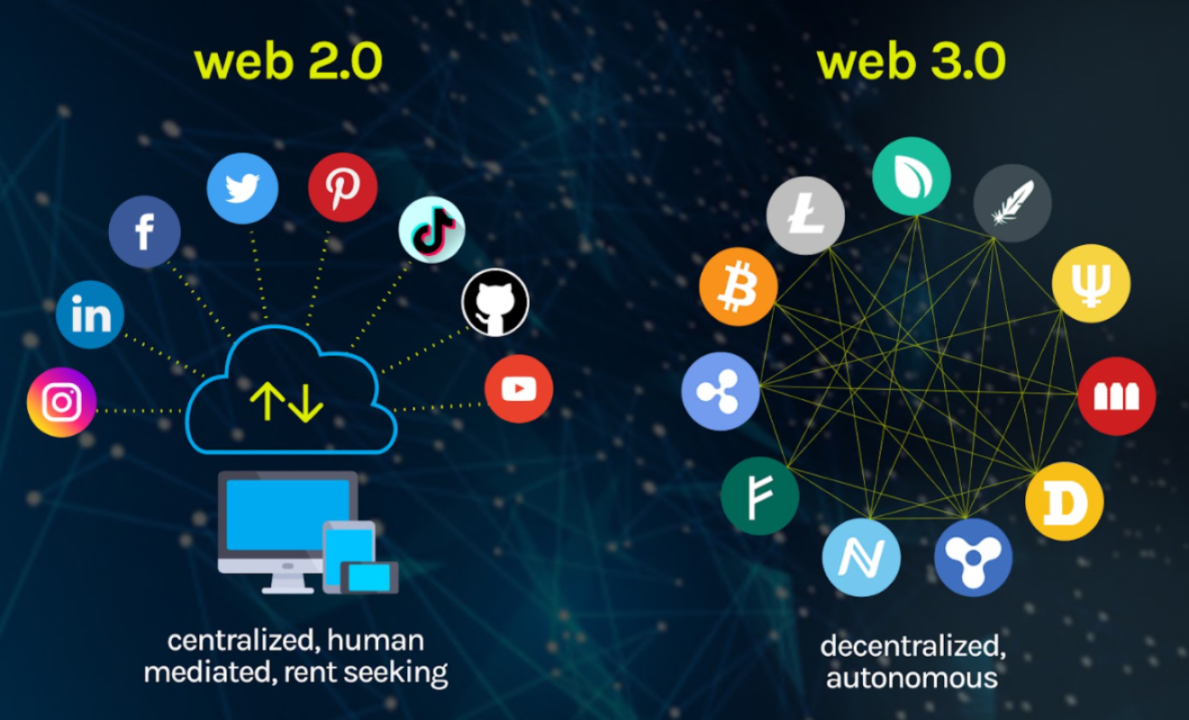
Challenges and Considerations for Marketers
While Web3 presents exciting opportunities, it also comes with challenges that brands must navigate carefully:
- Regulatory Uncertainty: Governments are still defining regulations around cryptocurrencies and NFTs.
- User Education: Many consumers are unfamiliar with blockchain and require guidance to participate in Web3 ecosystems.
- Scalability and Environmental Concerns: Some blockchain networks require high energy consumption, prompting brands to seek eco-friendly alternatives.
How Marketers Can Prepare for Web3
To stay competitive in this evolving landscape, marketers should:
- Educate Themselves: Understand the basics of blockchain, NFTs, and the metaverse.
- Experiment with Web3 Campaigns: Start small by integrating NFTs, blockchain loyalty programs, or virtual events.
- Focus on Community Building: Engage with customers through decentralized platforms and reward participation.
- Partner with Web3 Experts: Collaborate with blockchain developers and agencies to ensure seamless implementation.

Future-Proof Your Brand with Bluetext
As Web3 continues to disrupt traditional marketing, brands need expert guidance to navigate this new digital frontier. Bluetext specializes in helping brands harness emerging technologies to create innovative, engaging, and future-ready marketing strategies. Contact Bluetext today to explore how Web3 can elevate your brand engagement.
In today’s hyper-connected world, crises unfold in real time, amplified by social media, 24/7 news cycles, and instant communication. The days when brands had the luxury of carefully crafting a response over hours or days are long gone. Now, organizations must react swiftly, transparently, and strategically to manage crises effectively. This blog explores the transformation of crisis management in the digital age and outlines best practices for brands to navigate challenges while maintaining trust with their audience.
The New Landscape of Crisis Management
Before the digital era, crisis management primarily relied on traditional media channels—press releases, news conferences, and carefully managed public relations strategies. Today, crises can escalate within minutes, driven by viral social media posts, influencer commentary, and rapid news dissemination. Some of the key challenges brands face in this environment include:
- Speed of Information Spread: A single tweet or video can reach millions within minutes, making it crucial for brands to respond quickly.
- Misinformation and Fake News: False narratives can take hold before brands even have a chance to react, complicating crisis containment.
- Increased Consumer Expectations: Audiences demand immediate transparency, accountability, and direct engagement from brands during crises.

Strategies for Crisis Management in the Digital Age
To effectively navigate crises, brands must implement modern strategies that align with the fast-paced nature of digital communication.
1. Real-Time Monitoring and Social Listening
Crisis management begins before a crisis even arises. Leveraging social listening tools and AI-powered analytics can help brands detect potential issues early, allowing for proactive measures.
2. Develop a Crisis Communication Plan
Having a predefined crisis response framework enables brands to react quickly and consistently. A strong crisis plan should include:
- A dedicated response team
- Clear escalation protocols
- Pre-approved messaging templates for different scenarios
3. Respond Quickly, But Thoughtfully
While speed is critical, a hasty, poorly crafted response can do more harm than good. Brands should:
- Acknowledge the issue promptly
- Provide factual, transparent updates
- Avoid defensive or dismissive language
4. Engage with Stakeholders Effectively
Stakeholder trust is vital during a crisis. Brands should communicate with employees, customers, partners, and the public through appropriate channels, ensuring consistent messaging across all platforms.
5. Learn from Past Crises
Case studies of past crises—both successful and failed responses—can provide valuable insights. Brands should analyze:
- How similar situations were handled
- What worked and what didn’t
- How communication strategies influenced public perception
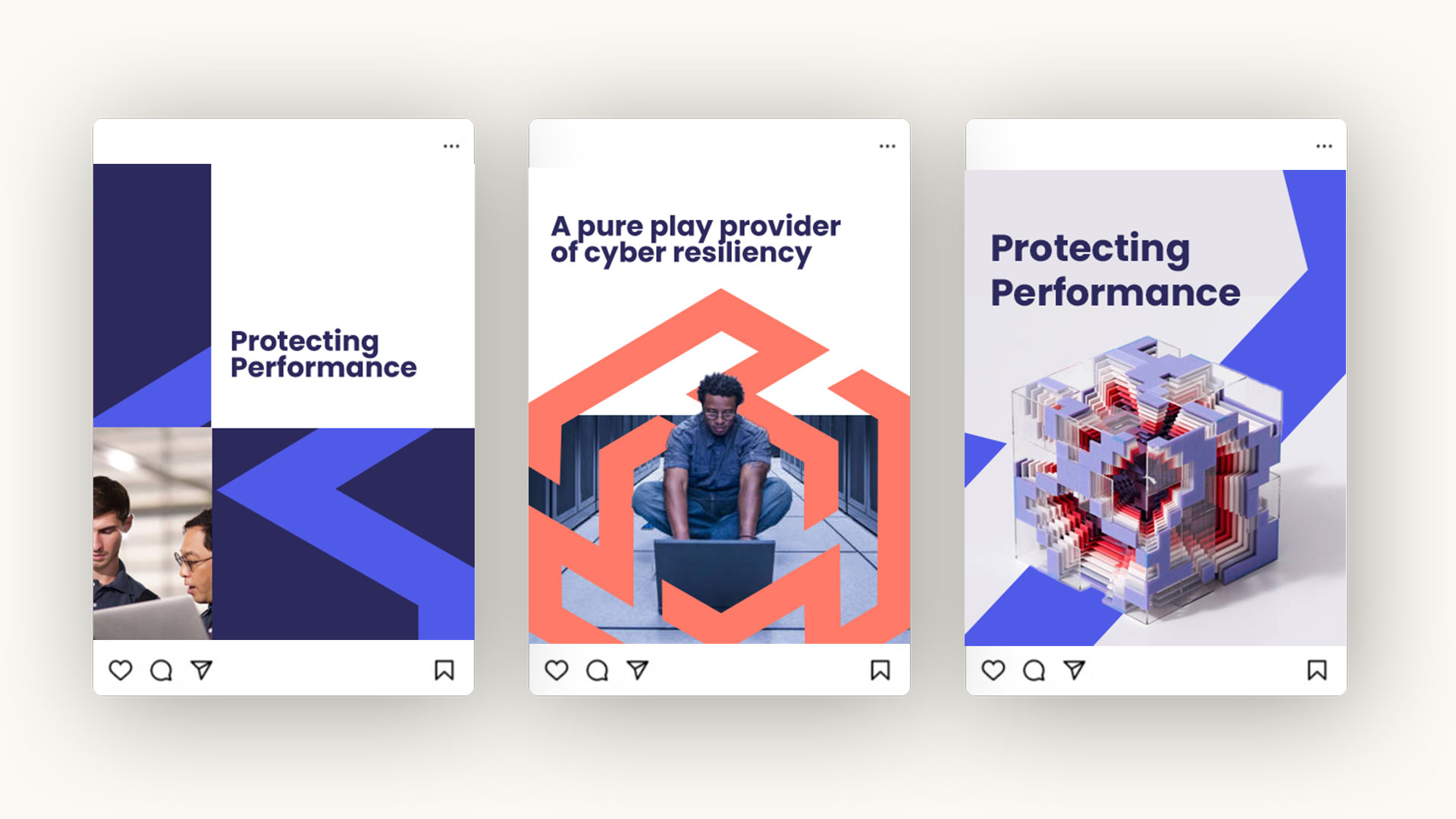
The Role of AI and Automation in Crisis Management
Artificial intelligence is playing an increasing role in crisis management, offering capabilities such as:
- AI-driven sentiment analysis: Identifying negative trends before they escalate
- Chatbots and automation: Providing instant responses to customer concerns
- Predictive analytics: Assessing potential risks based on historical data
Preparing for the Future of Crisis Management
The digital landscape will continue evolving, and brands must stay ahead of emerging challenges. Organizations should:
- Invest in crisis simulation exercises
- Strengthen their digital media teams
- Maintain open communication with their audience

Need Expert Crisis Communication Support?
Navigating a crisis requires expertise, agility, and a well-structured plan. Bluetext specializes in helping brands develop comprehensive crisis communication strategies that protect their reputation and maintain public trust. Contact Bluetext today to ensure your brand is prepared for the unexpected.
Artificial intelligence (AI) is revolutionizing search engine optimization (SEO), making it easier for businesses to improve rankings and visibility. From automated content optimization to predictive analytics, AI-powered tools help marketers refine their SEO strategies efficiently. In this guide, we’ll explore how AI is transforming SEO and which tools can give your brand a competitive edge.
How AI is Transforming SEO
AI enables more precise keyword targeting, smarter content recommendations, and real-time performance analysis. Businesses that embrace AI-driven SEO gain a competitive advantage in the digital landscape.
Key Benefits of AI-Driven SEO Tools:
- Enhanced keyword research: AI identifies emerging trends and high-value keywords.
- Automated content optimization: AI-powered suggestions improve readability and relevance.
- Smarter link-building strategies: AI detects valuable backlink opportunities.

Top AI Tools for SEO Optimization
1. AI-Powered Keyword Research
Tools like Clearscope and Semrush use AI to analyze search trends and recommend high-impact keywords.
2. Automated Content Optimization
Platforms like SurferSEO and MarketMuse help structure content for maximum SEO value.
3. AI-Based Technical SEO Audits
Tools such as Screaming Frog and Lumar identify and fix website issues automatically.
4. Predictive SEO Analytics
AI-driven analytics forecast search engine trends, allowing businesses to adapt proactively.

The Future of AI in SEO
Voice search optimization will become increasingly important as more consumers rely on smart assistants for search queries. AI-generated content will streamline content creation, enabling brands to scale their digital presence efficiently. Additionally, real-time SEO adjustments will allow businesses to respond dynamically to algorithm changes, ensuring sustained search visibility. By leveraging AI-powered tools, companies can stay ahead of the competition and maximize their online impact.
Want to leverage AI-driven tools for better SEO performance? Contact Bluetext today to optimize your strategy for success.
The lines between public relations and digital marketing continue to blur, creating new opportunities for brands to amplify their reach and credibility. In 2025, successful marketing strategies will rely on seamless integration between PR and digital channels, leveraging data-driven insights, AI, and multimedia content to engage audiences effectively. This blog explores how businesses can align PR and digital marketing to maximize brand impact.
The Convergence of PR and Digital Marketing
Traditionally, PR focused on reputation management and media relations, while digital marketing prioritized lead generation and online visibility. However, as the digital landscape evolves, PR and digital marketing must work together to build trust and drive engagement.
Key Benefits of Integrating PR and Digital Marketing:
- Enhanced credibility: Digital PR efforts, such as guest articles and influencer collaborations, build authority and trust.
- Greater reach: Combining PR-driven storytelling with SEO and social media extends brand visibility.
- Stronger audience connections: Engaging content backed by PR strategies fosters deeper relationships.
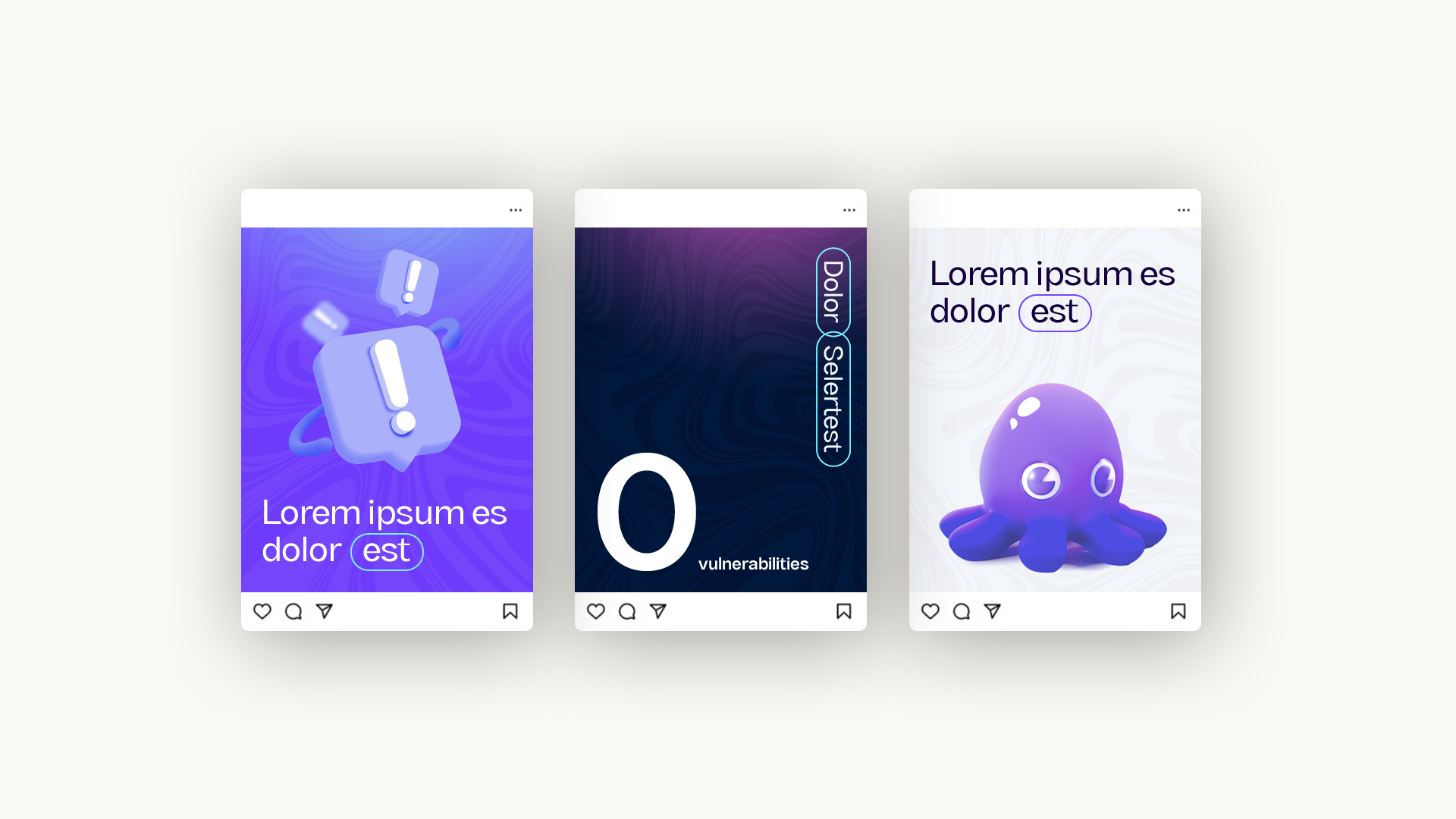
Strategies for a Unified PR & Digital Marketing Approach
1. Data-Driven PR Campaigns
Leveraging analytics and audience insights enables PR teams to craft targeted messages that align with digital marketing goals.
2. Content Marketing with PR Influence
Creating high-quality content that aligns with PR narratives helps brands establish thought leadership and authority.
3. Social Media Amplification
PR efforts gain traction when combined with social media strategies, driving greater engagement and shareability.
4. SEO-Optimized Press Releases
Optimizing press releases for search engines ensures they reach a wider audience and contribute to long-term brand visibility.
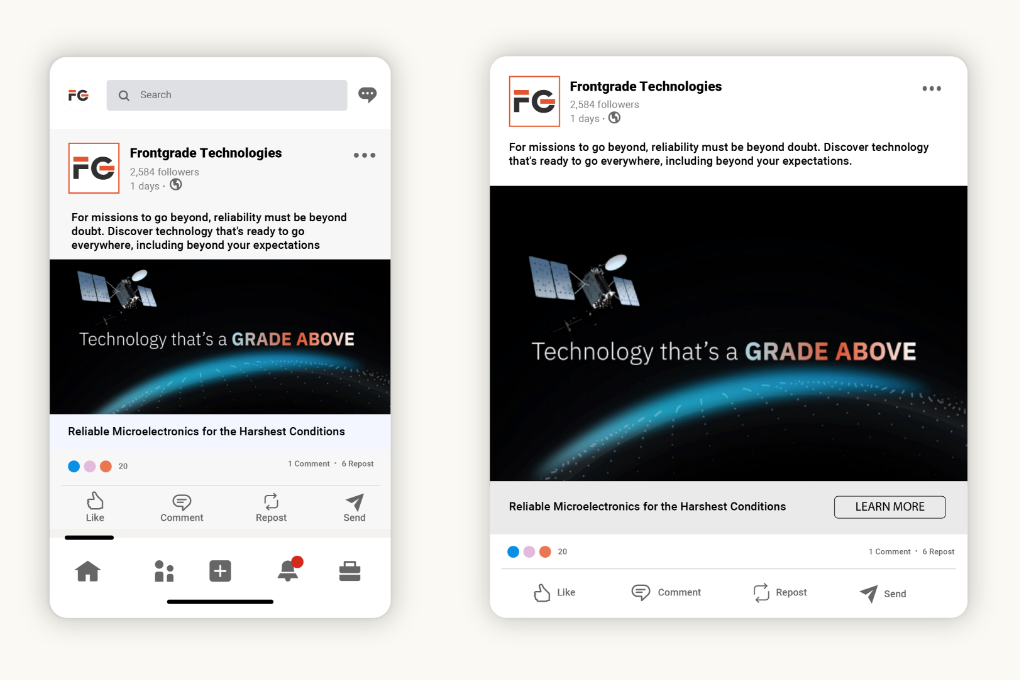
Future Trends: Where PR Meets Digital in 2025
AI-powered media monitoring will enhance PR effectiveness, enabling brands to track conversations and measure sentiment more efficiently. Influencer-driven PR will play a greater role in brand credibility, as consumers continue to value authentic endorsements. Additionally, interactive PR campaigns using video, augmented reality (AR), and virtual reality (VR) will provide immersive storytelling experiences that captivate audiences. By staying ahead of these trends, businesses can ensure their PR and digital marketing efforts remain impactful and relevant.
Looking to integrate PR and digital marketing seamlessly? Contact Bluetext today to build a cohesive strategy that drives results.
Gone are the days of one-size-fits-all marketing. Consumers expect personalized experiences that cater to their unique interests and needs. For businesses targeting niche audiences, hyper-personalized marketing strategies are essential to stand out and drive meaningful engagement. This guide explores how brands can create highly targeted campaigns that resonate with specific audience segments.
Why Personalization Matters in Today’s Market
Personalization isn’t just a trend—it’s a necessity. Research shows that personalized marketing leads to higher engagement, improved customer satisfaction, and increased sales.
Key Benefits of Personalization:
- Higher conversion rates: Personalized campaigns perform better than generic ones.
- Stronger customer relationships: Tailored experiences build loyalty.
- More efficient marketing spend: Targeting the right audience reduces wasted ad spend.
Identifying & Segmenting Niche Audiences
Effective personalization starts with proper audience segmentation. Businesses must analyze their customers and categorize them based on shared characteristics.
- Demographics: Age, gender, location, income level
- Behavioral data: Purchase history, browsing behavior, engagement patterns
- Psychographics: Interests, values, lifestyle choices

Strategies for Hyper-Targeted Campaigns
Once niche audiences are identified, businesses can tailor their messaging for maximum relevance.
1. Dynamic Content Personalization
Adjust content in real time based on user behavior. Websites, emails, and ads should display personalized recommendations and messaging.
2. AI-Driven Recommendation Engines
Leverage machine learning to suggest products, content, or services based on past interactions.
3. Account-Based Marketing (ABM) for B2B Brands
B2B marketers can use ABM strategies to deliver highly customized outreach to specific companies or decision-makers.

The Role of Data in Personalized Marketing
To execute effective personalized marketing, brands must leverage customer data while maintaining ethical standards.
- First-party data collection: Direct interactions like email sign-ups and purchase history
- Behavioral analytics: Tracking engagement to refine personalization
- Privacy compliance: Adhering to GDPR, CCPA, and other data protection regulations
Scaling Personalized Marketing Efforts
While personalization is powerful, it must be scalable. Automation tools help businesses expand their efforts efficiently.
- Marketing automation software (HubSpot, Marketo) streamlines segmentation and messaging.
- AI-powered chatbots deliver real-time personalized interactions.
- CRM integration ensures a seamless, data-driven approach to customer engagement.
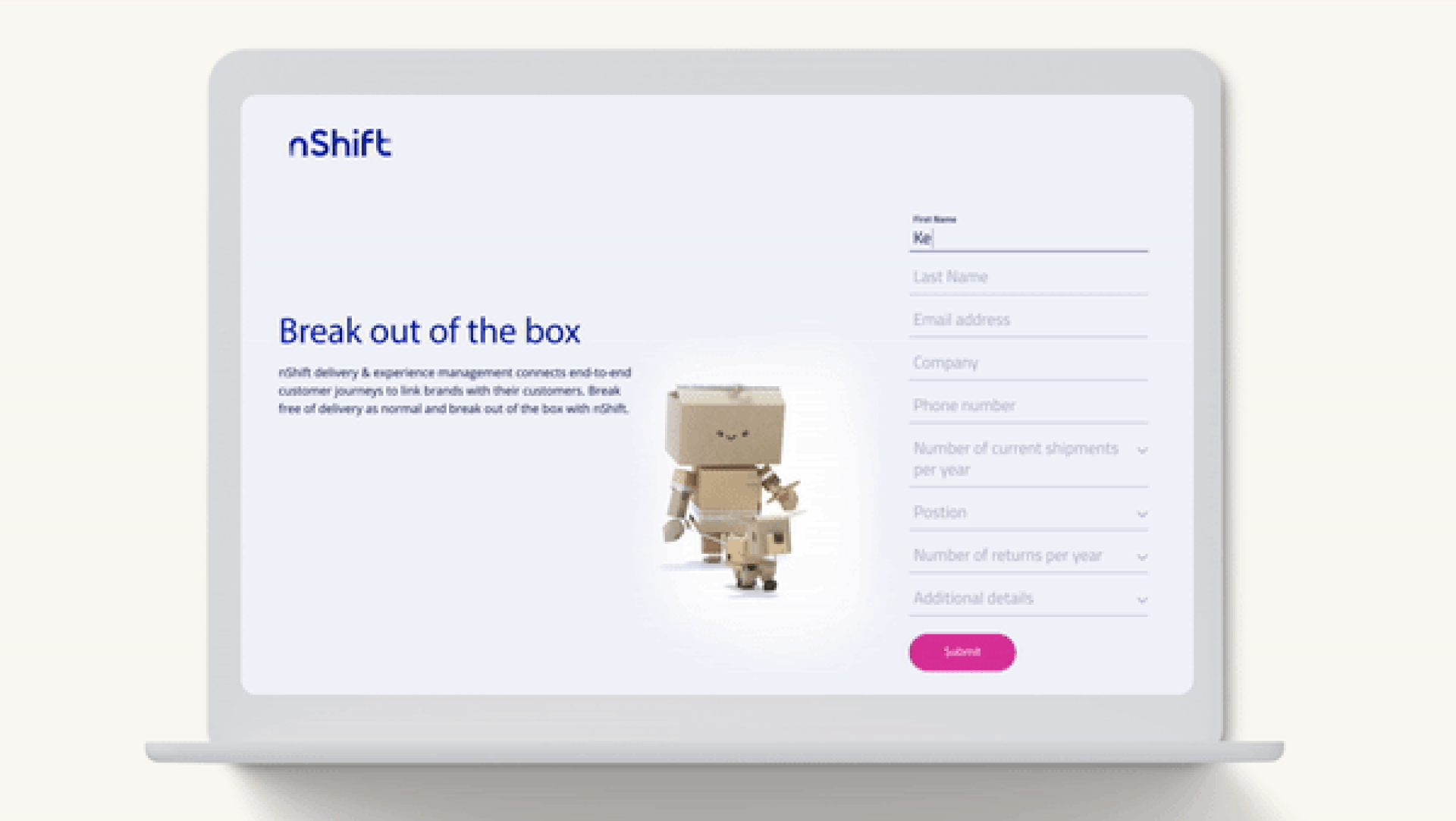
Unlock the Power of Personalized Marketing
Personalized marketing is no longer optional—it’s essential for businesses looking to connect with niche audiences. By leveraging data, AI, and tailored messaging, brands can create meaningful interactions that drive long-term success.
Want to develop a hyper-targeted marketing strategy? Contact Bluetext today to take personalization to the next level.